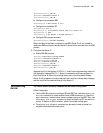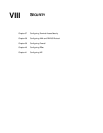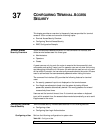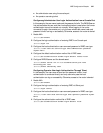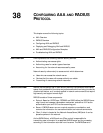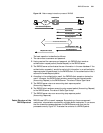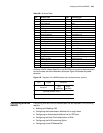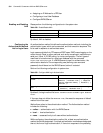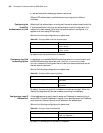
38
CONFIGURING AAA AND RADIUS
PROTOCOL
This chapter covers the following topics:
■ AAA Overview
■ RADIUS Overview
■ Configuring AAA and RADIUS
■ Displaying and Debugging AAA and RADIUS
■ AAA and RADIUS Configuration Examples
■ Troubleshooting AAA and RADIUS
AAA Overview AAA implements the following network security services:
■ Authenticating user access rights
■ Authorizing users for certain types of services
■ Accounting for the network resources used by users
Network security refers mainly to access control which determines:
■ Users who can access the network server
■ Services that the users with access authority can obtain
■ Accounting of users using network resources
RADIUS Overview Remote Authentication Dial-In User Service (RADIUS) is a distributed client/server
system that provides AAA functions and protects networks from being intruded by
unauthorized visitors, so it is mainly applied in network environments that require
high security and support remote login.
RADIUS consists of three components:
■ Protocol: Based on UDP/IP layer, RFC2865 and 2866 define the RADIUS frame
relay format and message transmission mechanism, and define 1812 as the
authentication port and 1813 as the accounting port.
■ Server: A RADIUS server runs on a central computer or workstation, and
contains the information for user authentication and network service visits.
■ Client: A client is located at the Network Access Server (NAS) side. It can be
placed anywhere in the network.
As the RADIUS client, a NAS (such as a 3Com router) is responsible for
transmitting user information to a specified RADIUS server and for processing
according to the information returned from the server. The RADIUS server is



